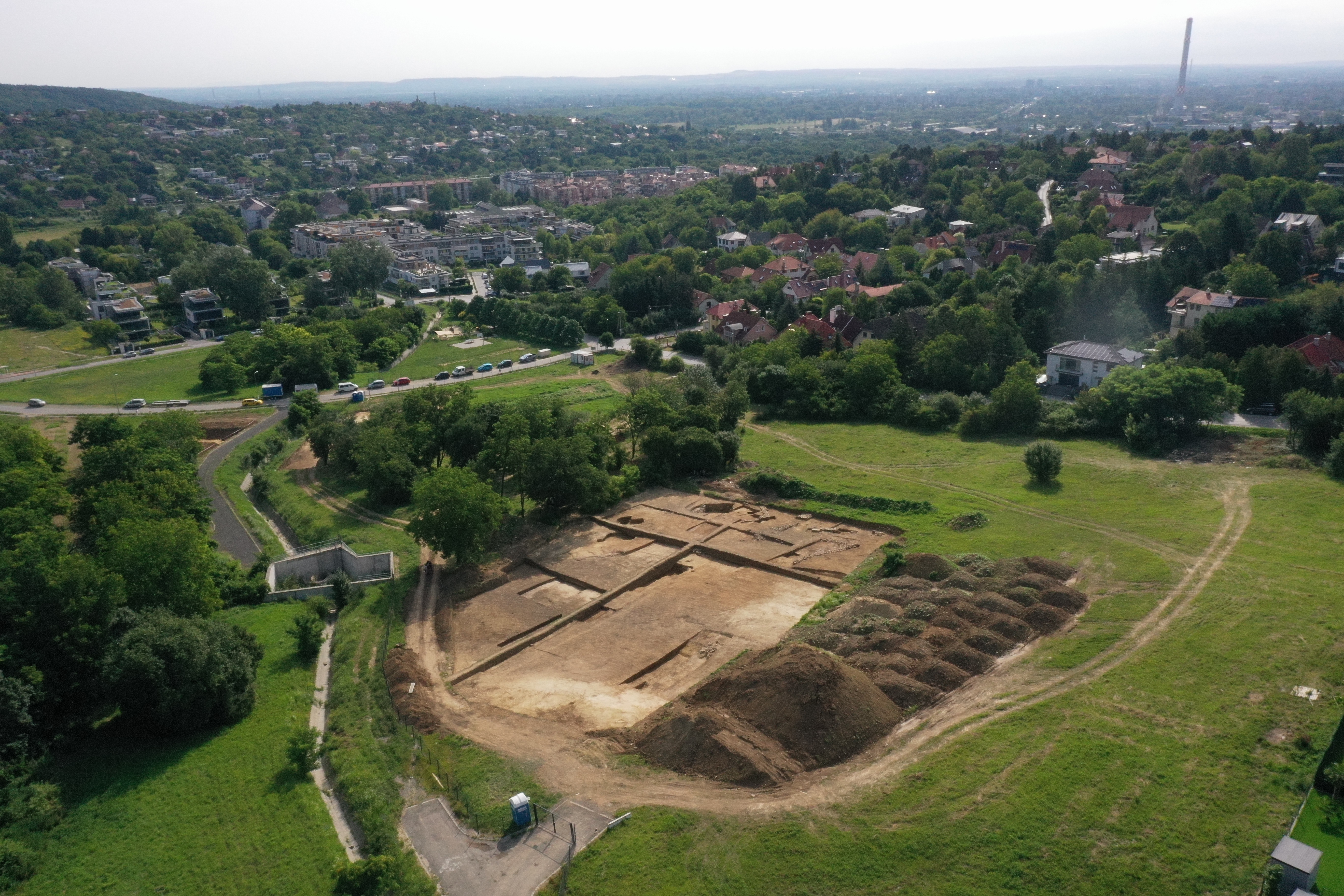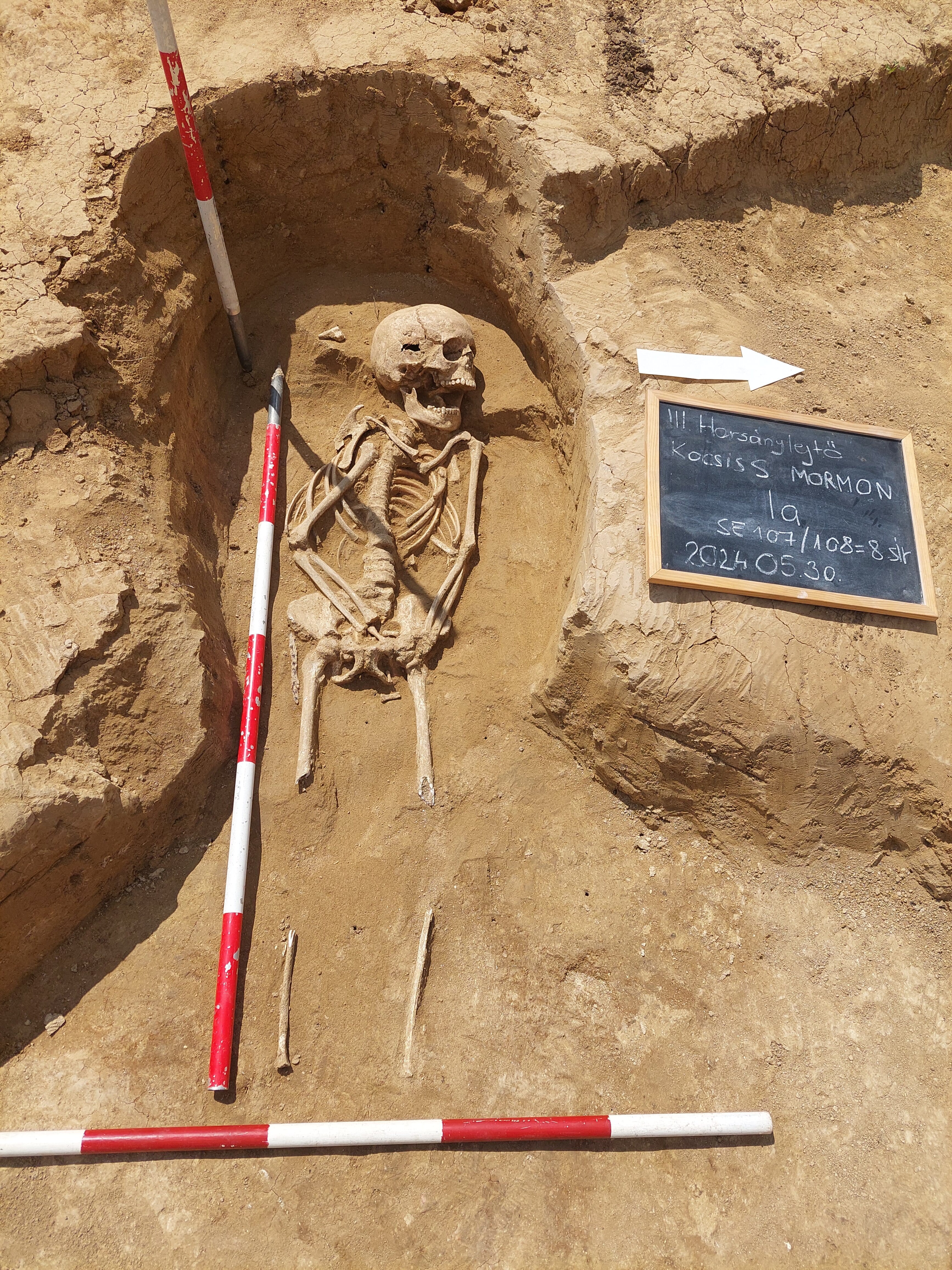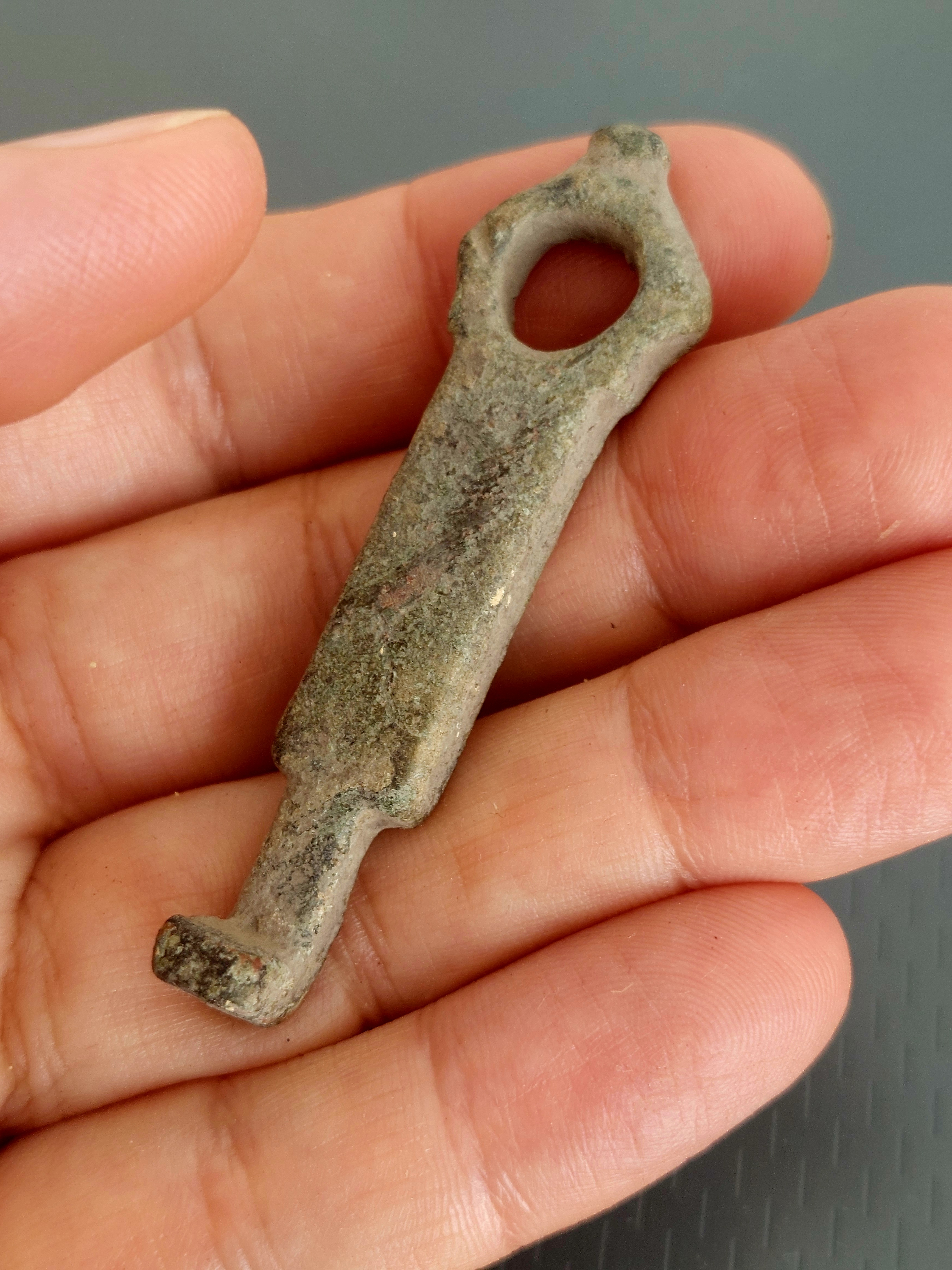On the territory of the civil town of Aquincum, archaeologists from the Aquincum Museum have excavated dozens of villa estates over the past nearly 100 years. A smaller portion of these estates were located on flat areas near the town, while the majority were situated above today’s Bécsi Road, on the slopes of the Buda hills, offering a beautiful view toward the Danube and being in well-defensible locations.
One of these is found on Harsánylejtő, where excavations took place first in 2007-2008, then in 2016-2017, and again in 2022 and 2024. The steep hillside and the resulting intense erosion, along with earlier agricultural activities, significantly hindered the excavation and damaged the remains of the buildings, making it nearly impossible to reconstruct coherent building plans in many cases.

During the multi-phase archaeological research, which covered nearly 10,000 square meters—a rare large area for Aquincum villas—a villa estate dating to the late 3rd to early 4th century AD was uncovered. The stone-built main building had an interior courtyard, was decorated with wall paintings, and some rooms were equipped with underfloor heating. It was accompanied by economic buildings, and we also uncovered the estate’s perimeter walls, drainage ditch, as well as structures from an earlier (2nd-3rd century AD) rural settlement consisting mainly of pit features (partially semi-sunken, walled pit-houses and refuse pits). A small, impoverished section of a cemetery, separated from the residential area by only a narrow ditch, also came to light. Of the 12 graves, a significant portion (7) were infant or child burials, and at least one burial with an artificially deformed skull was also found. These graves likely contained the inhabitants or staff of the estate, and archaeogenetic studies, which are now beginning, may provide information about their familial relationships, origins, and the unusually high proportion of infant and child burials.


As for the estate’s chronology: the dating finds from the 2024 excavation (e.g., coins, terra sigillata) confirmed earlier observations that the rural settlement, with its pit-houses dating to the 2nd-3rd century AD, was abandoned in the second half or end of the 3rd century AD. After a short hiatus, the villa estate’s main and auxiliary buildings were constructed on the site. The estate, which was still in operation in the first half of the 4th century, may have seen its last phase marked by one of the burials with a deformed skull.
Orsolya Láng
